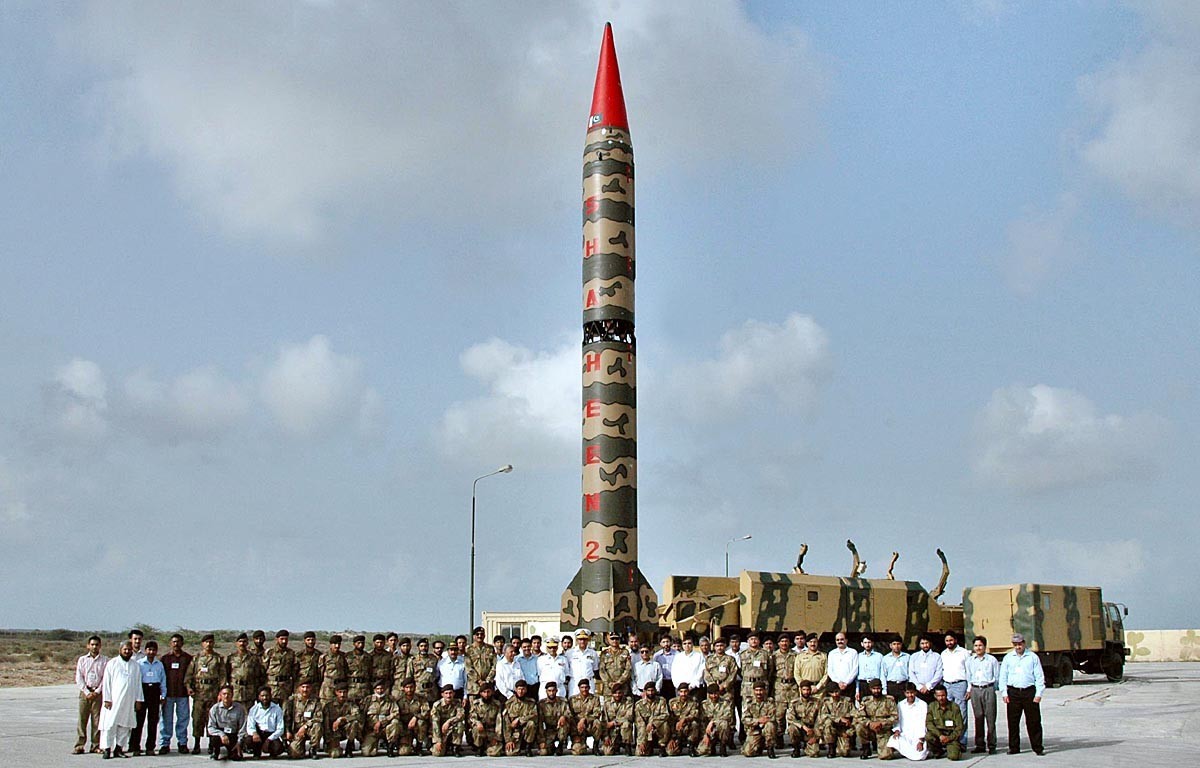China’s strategic move with Pakistan
March 24, 2018 | Expert Insights

China has sold Pakistan an advanced tracking system that would improve Pakistan’s ballistic missiles capabilities of delivering multiple warheads.
Background
Pakistan and China share close ties with one another. Pakistan was one of the first countries to recognize People's Republic of China in 1950 and the two nations have since expanded their ties to include military and trade cooperation. Today, China is the largest supplier of arms to Pakistan and its third-largest trading partner.
In 2013, China announced an ambitious new project that has the potential to completely transform Pakistan. The China–Pakistan Economic Corridor is a $62 billion project aimed at modernizing Pakistan’s infrastructure and strengthening its economy. Pakistan plays a key role in China’s proposed One Belt One Road (OBOR) initiative. As Pakistan’s relations with the US become more enigmatic, the country has become closer to China.
In the recent years, China and Pakistan have committed to bolstering their nuclear collaboration. In 2016, Pakistan inaugurated a $10 billion nuclear plant that was built with the assistance of China. Additionally, Beijing is helping Pakistan construct two nuclear power plants in the southern port city of Karachi at a cost of around $10 billion. They are scheduled to be completed by 2021. As of June 2016, Pakistan had 130 nuclear warheads, which have been a concern for India.
A friendly equation between China and Pakistan would also seemingly neutralize the challenge of a rising India.
Analysis
Media reports have revealed that China has sold Pakistan an advanced form of tracking system. This system could significantly boost Pakistan’s ballistic missiles capable of delivering multiple warheads. Chinese authorities confirmed the details of the sale in March 2018.
The CAS said a Chinese team spent three months in Pakistan helping calibrate the system. "The system's performance surpassed the user's expectations," it said, adding that it was considerably more complex than Pakistan's home-made systems. It has not been revealed how much Pakistan paid in the deal.
Zheng Mengwei, a researcher with the CAS Institute of Optics and Electronics in Chengdu confirmed the sale and noted, “We simply gave them a pair of eyes. They can use them to look at whatever they want to see, even the Moon.”
A report from the South China Morning Post added, “While India’s single-warhead missiles are bigger and cover longer distances, Pakistan has focused its efforts on developing multiple independently targetable re-entry vehicles (MIRVs), a type of missile carrying several nuclear warheads that can be directed towards different targets.”
Rong Jili, deputy director at the Beijing Institute of Technology’s School of Aerospace Engineering said, “Seeing it with our own eyes is completely different from mining dry data. It helps to not only diagnose problems, but also generate inspiration.”
In 2017 it was reported that India had successfully tested its indigenously designed and built Advanced Air Defense (AAD)/ Ashvin Advanced Defense interceptor missile. At the time sources noted about the development, “It was a direct hit and a grand success. Today’s test was conducted to validate various parameters of the interceptor in flight mode and it was all a success.”
Pakistan and India, who are rivals in the region have been locked in a nuclear arms race since the 1990s. Pakistan, after the first successful launch of the MIRV-capable missile, known as Ababeel, said in a statement that it is "aimed at ensuring survivability of Pakistan's ballistic missiles in the growing regional Ballistic Missile Defence (BMD) environment."
This news comes just a day after India announced the successful launch of a supersonic cruise missile, the BrahMos, which had been jointly developed by India and Russia.
Assessment
Our assessment is that India and China are caught in a strategic game of geopolitical chess for influence in Asia. China making an announcement that it had sold the advanced tracking system is rare for the nation. We believe that this was meant to be a message for India and for the US. Ties between India and China have been fraught in recent months especially since the military stand-off that took place in 2017 at Doklam.








Comments